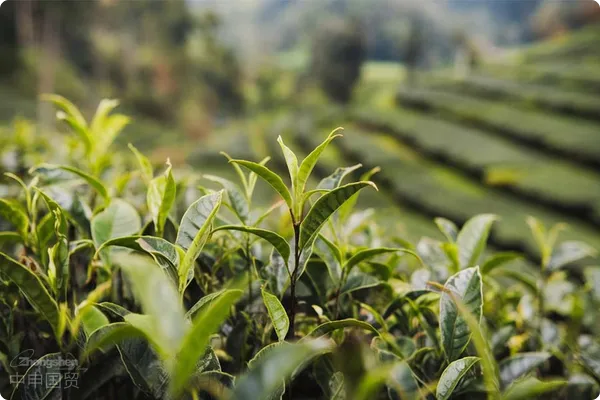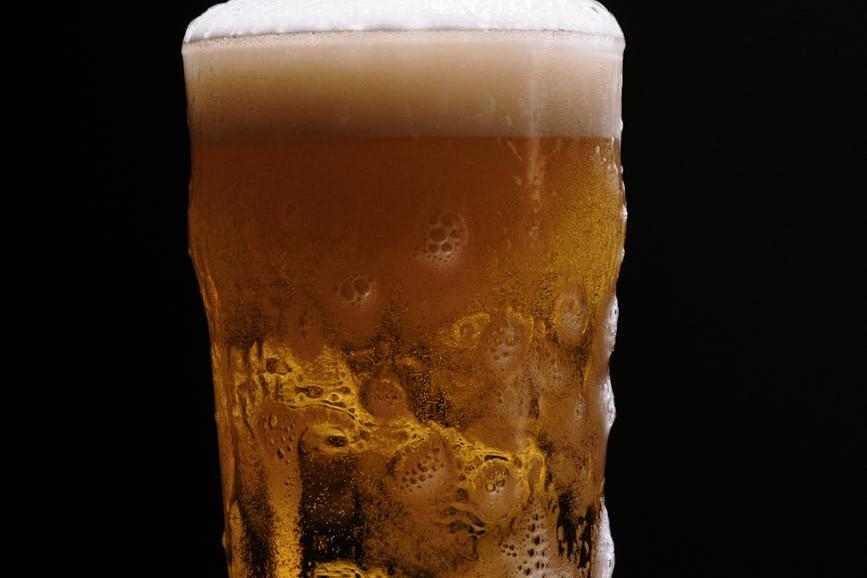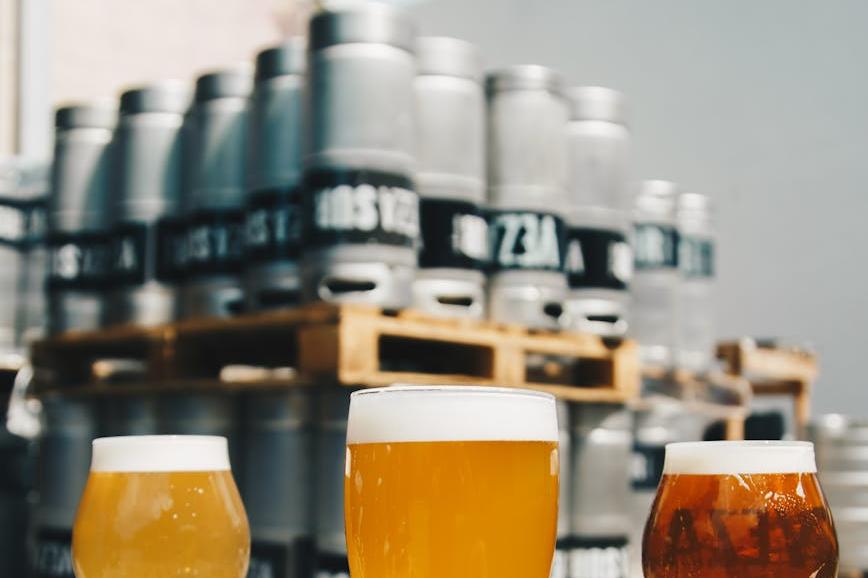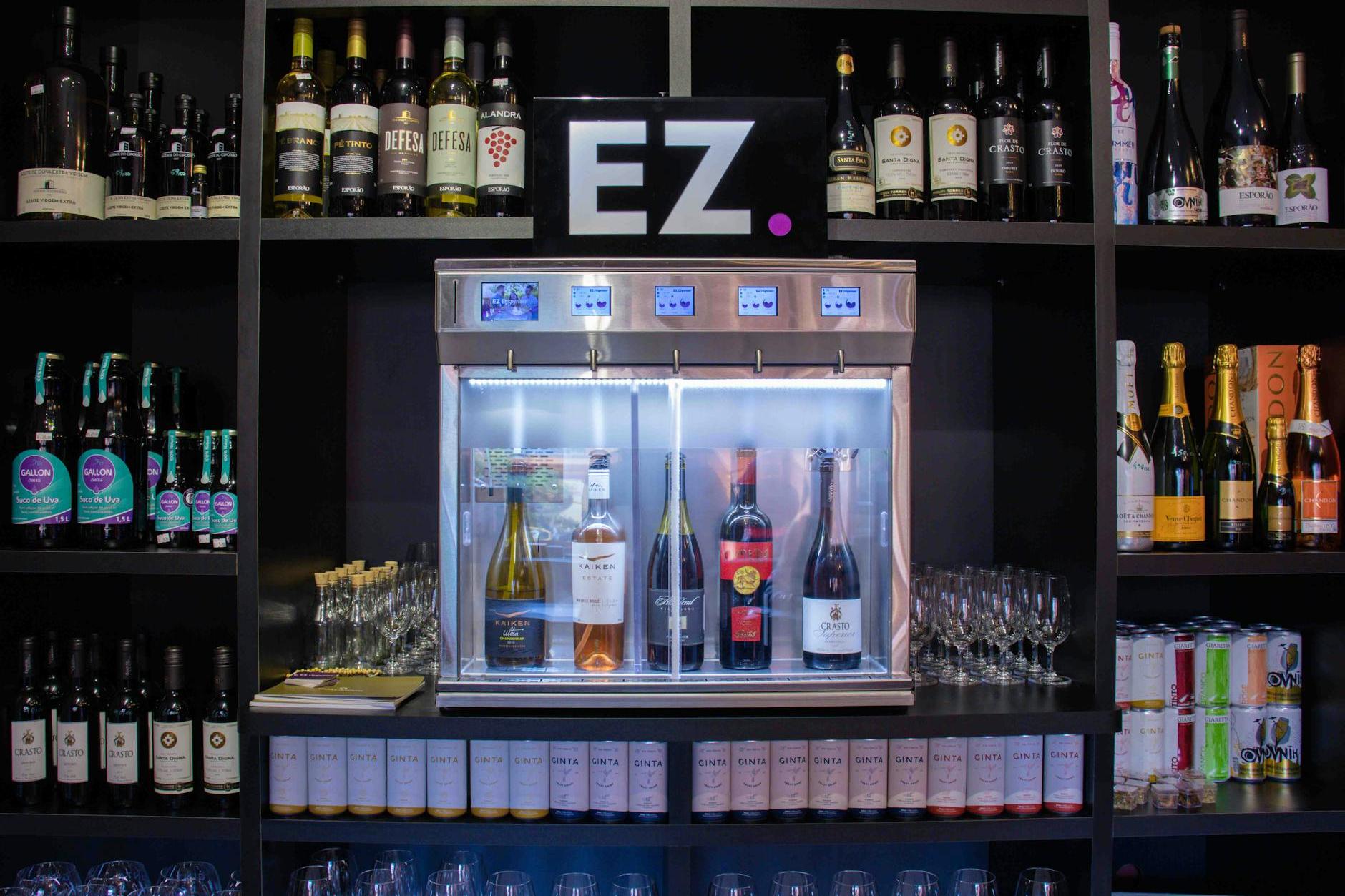- Shanghai Zhongshen International Trade Co., Ltd. - Two decades of trade agency expertise.
- Service Hotline: 139 1787 2118
As one of Chinas important export commodities, tea is highly favored in the global market due to its rich cultural background and health benefits, especially in recent years. However, tea exports are not just about logistics but also about strict compliance with a series of laws, regulations, and food safety standards in the exporting country. Are enterprises fully prepared, particularly in controlling pesticide residues, sulfur dioxide, and heavy metal content? This article focuses on the main quality standards for tea exports, emphasizing the maximum residue limits and testing methods for pesticides, sulfur dioxide, and heavy metals (such as lead) in tea.

Contents
TogglePesticide Residues: Ensuring Tea Safety and Compliance
1.1 Definition of Maximum Residue Limits for Pesticides
The Maximum Residue Limit (MRL) refers to the maximum concentration of pesticide residues allowed in food. It is an important technical indicator for assessing the quality and safety of agricultural products. Export tea must comply with relevant regulations on pesticide residues in different countries and regions. For pesticide residue control in tea, China has established multiple standards, such as GB 2763—2021 National Food Safety Standard—Maximum Residue Limits for Pesticides in Food.
1.2 Common Pesticides and Their Maximum Residue Limits
In tea garden management, using pesticides to prevent pests and diseases is a common agricultural practice. According to the China Pesticide Information Network, as of September 19, 2023, there are 904 registered pesticide products for tea gardens in China, involving 83 active ingredients, including insecticides, herbicides, and fungicides. Below are some common pesticides and their maximum residue limits in tea (unit: mg/kg):
- Acephate: 0.05
- Bifenthrin: 5
- DDT: 0.2
- Chlorothalonil: 10
- Glyphosate: 1
- Omethoate: 0.05
- Pymetrozine: 2
- Flufenoxuron: 20
1.3 Pre-Treatment Techniques for Pesticide Detection
The detection process for pesticide residues is complex, involving multiple steps such as sample extraction, separation, and detection. The following are several common pre-treatment techniques for detection:
- Solid-phase extraction: Enriches and separates target analytes in samples using solid-phase extraction columns or carriers, based on adsorption and separation principles.
- Liquid-liquid extraction: Uses organic solvents to extract target analytes from tea, followed by shaking or stirring to facilitate pesticide extraction from the sample.
- Water washing method: Uses water or other solvents to dissolve pesticides from tea.
- Ultrasonic extraction: Utilizes ultrasonic vibration to disrupt tea cell walls, making pesticide residues more easily extractable by organic solvents.
1.4 Common Instruments for Pesticide Residue Detection
For detecting pesticide residues in tea, the following precision instruments are typically used for analysis:
- Gas chromatograph (GC)
- Gas chromatography-mass spectrometer (GC-MS)
- High-performance liquid chromatograph (HPLC)
- Liquid chromatography-tandem mass spectrometer (LC-MS/MS)
These instruments can accurately detect the residue levels of various pesticides in tea to ensure compliance with the maximum residue limits set by importing countries.
Sulfur Dioxide: Usage Standards for Bleaching and Preserving Agents
2.1 Functions and Maximum Limits of Sulfur Dioxide
Sulfur dioxide (SO?), as a common bleaching agent and preservative, is widely used in food processing. However, excessive sulfur dioxide can negatively impact human health, leading to strict usage limits in various countries. According to GB 5009.34—2022 National Food Safety Standard—Determination of Sulfur Dioxide in Foods, the maximum residue limit for sulfur dioxide in substitute tea is 100 mg/kg.
2.2 Sulfur Dioxide Detection Methods
- Acid-base titration method: The sample is treated with nitrogen-purging distillation, releasing sulfur dioxide, which is absorbed by hydrogen peroxide and oxidized to sulfuric acid. The sulfuric acid is then titrated with a sodium hydroxide standard solution to calculate the sulfur dioxide content in the sample.
- Spectrophotometry: Sulfur dioxide in the sample reacts with formaldehyde solution to form a stable compound, which then reacts with pararosaniline hydrochloride to produce a blue-purple complex. The absorbance is measured to determine the sulfur dioxide concentration.
- Ion chromatography: Sulfur dioxide in the sample is distilled with steam after acid treatment, absorbed by hydrogen peroxide, and oxidized to sulfate ions. The sulfate ion concentration is then detected using an ion chromatograph.
These detection methods enable precise analysis of sulfur dioxide residues in tea to ensure compliance with the standards of importing countries.
Heavy Metal Contamination: Controlling Lead Content
3.1 Sources and Hazards of Lead Contamination
Lead (Pb) is a common heavy metal pollutant with neurotoxicity and high bioaccumulation potential. Lead contamination in tea primarily originates from water-soluble and exchangeable lead in soil. Excessive lead can damage the human nervous system, kidneys, and cardiovascular system, leading to strict limits on lead content in tea in various countries.
According to GB 2762—2022 National Food Safety Standard Limits of Contaminants in Food, the lead content standard in tea is ≤5.0 mg/kg.
3.2 Instruments and Methods for Detecting Lead Content
Instruments commonly used to detect lead content in tea include:
- Inductively coupled plasma mass spectrometer (ICP-MS): This instrument ionizes elements in the sample via a plasma source, and the mass spectrometer can detect lead content with high sensitivity.
- Atomic fluorescence spectrometer (AFS): By analyzing the atomic fluorescence signal of lead, precise detection of lead content can be achieved.
3.3 Measures to Control Lead Content in Tea
To ensure that the lead content in tea meets standards, enterprises need to take the following measures:
- Control soil lead pollution: The soil used for growing tea must undergo strict testing, and fertilizers and pesticides containing high concentrations of lead should be avoided.
- Lead-free packaging: Use lead-free packaging materials (such as tin foil, aluminum foil, etc.) to package tea, preventing lead migration from packaging materials to the tea.
- Processing control: During processing and storage, avoid contact between tea and lead-containing utensils or environments to prevent secondary contamination.
Conclusion: Ensuring the Quality and Safety of Tea Exports
Ensuring the quality and safety of tea is a critical step toward entering the international market. Whether its pesticide residues, sulfur dioxide, or heavy metal contamination, tea export enterprises must strictly comply with global standards and meticulously control every step. Want to win more consumer favor in the global market? Starting today, enhance tea compliance to ensure every leaf of tea safely reaches destinations worldwide.
Related Recommendations
Category case
Get in Touch
Email: service@sh-zhongshen.com
Related Recommendations
Contact via WeChat

? 2025. All Rights Reserved. Shanghai ICP No. 2023007705-2  PSB Record: Shanghai No.31011502009912
PSB Record: Shanghai No.31011502009912









